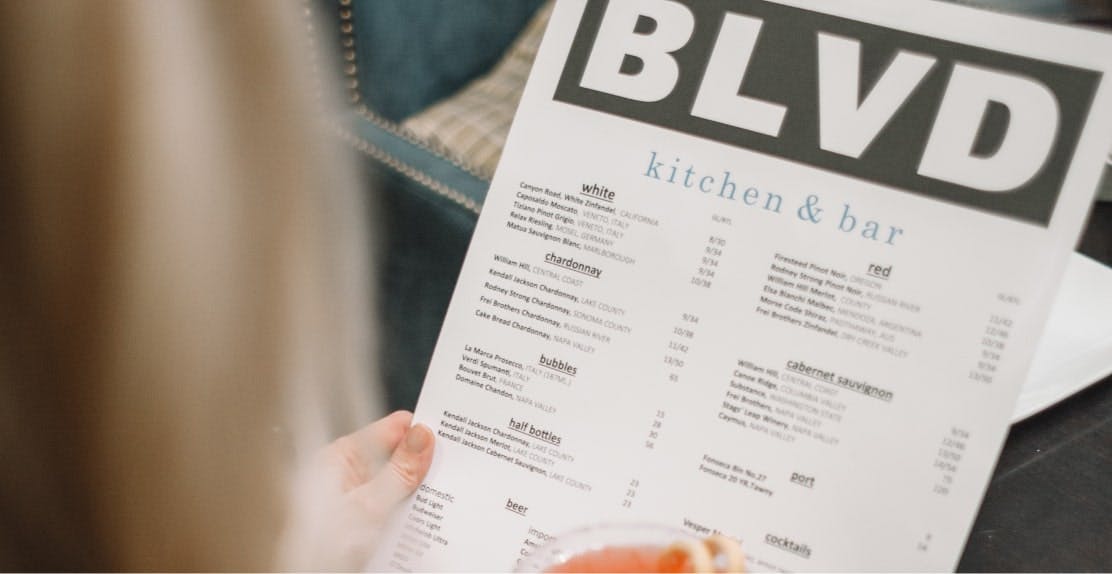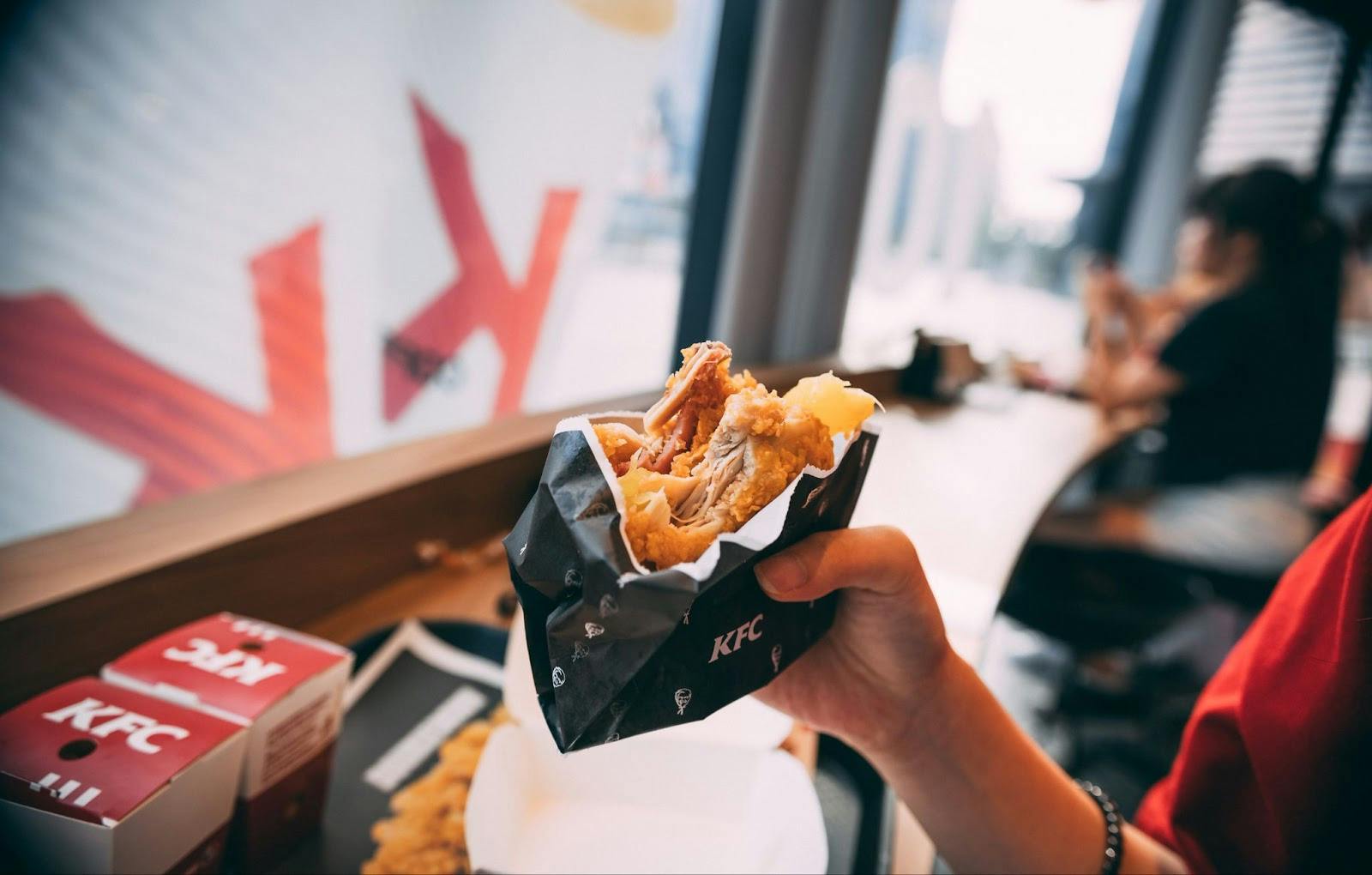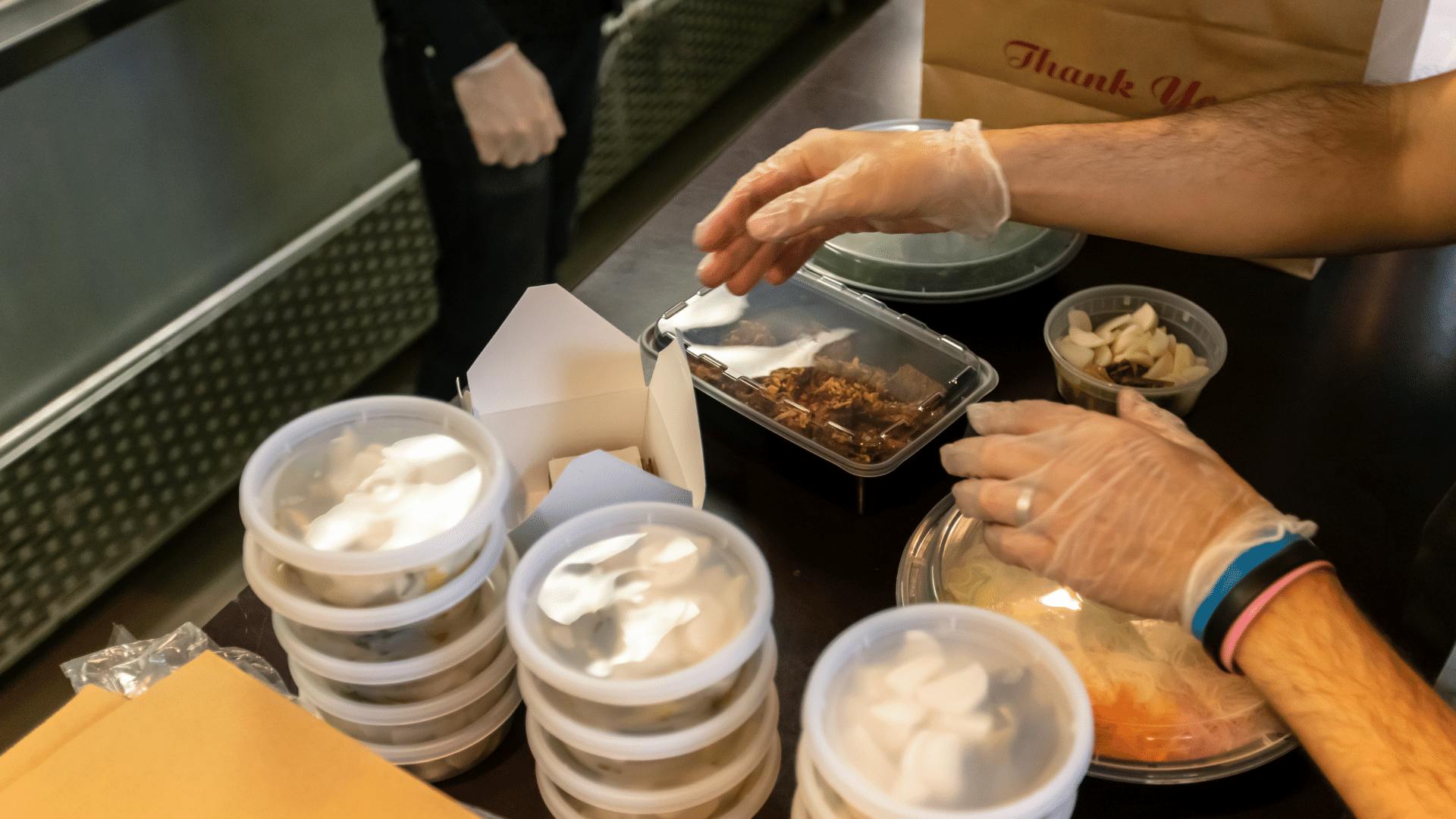
What are the new calorie labelling regulations in the UK? What type of restaurants are affected? What are the rules for delivery? If you're a restaurant owner who has heard the buzz around the new legislation but feels intimidated about what it means, you've come to the right place!
As of April 2022, large restaurants in the UK are required to disclose calorie information on their menus. This requirement extends to online menus on third-party delivery apps like Uber Eats, Deliveroo and Just Eat. We know that you have enough on your plate, so were here to help. Continue scrolling to dig into everything you need to know about the new calorie labelling legislation and find out if your restaurant is affected.
Here's what you'll find inside this blog post:
- What is the calorie labelling legislation
- Why is it being implemented
- When is it going into effect
- What type of restaurants are affected
- Whats happening with franchises
- Whats happening with delivery
- How should the calorie information be displayed
- Whats happening with smaller restaurants
Let's dig in!

What is the calorie labelling legislation?
The calorie labelling is a new legislation that requires large businesses with more than 250 employees to display calorie information on menus and food labels. According to the UK government, in contrast to supermarkets, the out of home sector doesn’t typically display nutritional information, which makes it difficult for consumers to make informed decisions.
Why is the calorie labelling legislation being implemented?
The new legislation comes as an attempt from the Government to tackle obesity. According to Public Health Minister, Jo Churchill, the “aim is to make it as easy as possible for people to make healthier food choices for themselves and their families, both in restaurants and at home. That is why we want to make sure everyone has access to accurate information about the food and drink we order”. The UK government website also states that the rules are meant to encourage restaurateurs to provide lower calorie dishes for their customers.
The legislation follows the rapid growth of food delivery, which has become the norm worldwide. Lockdown restrictions helped overcome delivery barriers in Europe. Previously considered a “treat”, ordering in is now a desired means for convenience. However, the UK government points out these meals often contain twice as many calories as those bought in a shop.
When is the calorie legislation going into effect?
The legislation was approved by Parliament in 2021 and came into force on Wednesday 6 April 2022. Businesses that do not comply could be fined £2,500 if they don't take into account improvement notices from local authorities.

What type of restaurants are affected?
If your business has 250 or more employees and sells non-prepackaged food or drinks for immediate consumption, the calorie labelling regulations apply to you.
Here are all the examples displayed on the official website:
- Restaurants, fast food outlets, cafes, pubs and supermarkets.
- Home delivery services and third party apps selling food that is in scope of the legislation.
- Cafes and takeaways within larger shops and venues, such as supermarkets, department stores, and entertainment venues such as cinemas.
- Specialist food stores, delicatessens, sweet shops and bakeries.
- Contract catering – for example, for events and canteens.
- Domestic transport businesses including planes, trains, ferries and other forms of water transport within the UK.
What about franchises?
What if your restaurant only has ten employees but is part of a franchise? According to the legislation, franchises won’t be seen as separate businesses if they sell the same food. This means that franchises with 250 or more employees working across their network need to disclose calorie information if they have a common menu offer. This doesn’t apply if the agreement is limited to alcohol, like pub arrangements.
Does the calorie legislation affect delivery?
Yes, the legislation extends to food sold on a website or third-party delivery apps like Uber Eats, Deliveroo and Just Eat. If your restaurant is listed on those apps and the legislation applies to you, you're required to disclose calorie information on your online menus as well.

Where does the calorie information need to be displayed?
Calorie information needs to be displayed at the point where the customer chooses what to purchase. This means physical or online menus, food delivery platforms like Uber Eats or Just Eat and food labels. You must display the energy content in kilocalories (kcal), the size of the portion and the statement of daily calorie needs (“adults need around 2000 kcal a day”).
You can check out a list of exempted food on the Government’s website. It includes foods like fresh fruit, unprocessed products and temporary menu items.
How does the calorie legislation affect smaller restaurants?
The calorie labelling legislation applies to large businesses with more than 250 employees, so if your restaurant is smaller, you’re not required to display calorie information on menus. However, the UK government advises smaller food businesses to also adopt the measures, as they may extend to them in the future.
Let Otter help you
We know that updating your menu across channels often feels like a full-time job, especially if your restaurant is listed in multiple delivery apps. The team at Otter is committed to making your life easier through our delivery solutions, so you can now manage your calorie information with our Menu Management tool.

Menu Management is an Otter feature that allows you to create, edit, update, manage and publish menus across multiple delivery platforms. Our Menu Management solution consolidates all your online menus across locations, brands and platforms into a single place empowering you to make updates and changes as needed, on the fly.
- Update your menu across multiple delivery platforms with a few clicks.
- Easily test new products, categories and pictures.
- Reduce inaccuracies and inconsistencies across your brands and locations.
- Add the calorie count to your menu items and be compliant with the new calorie labelling legislation.